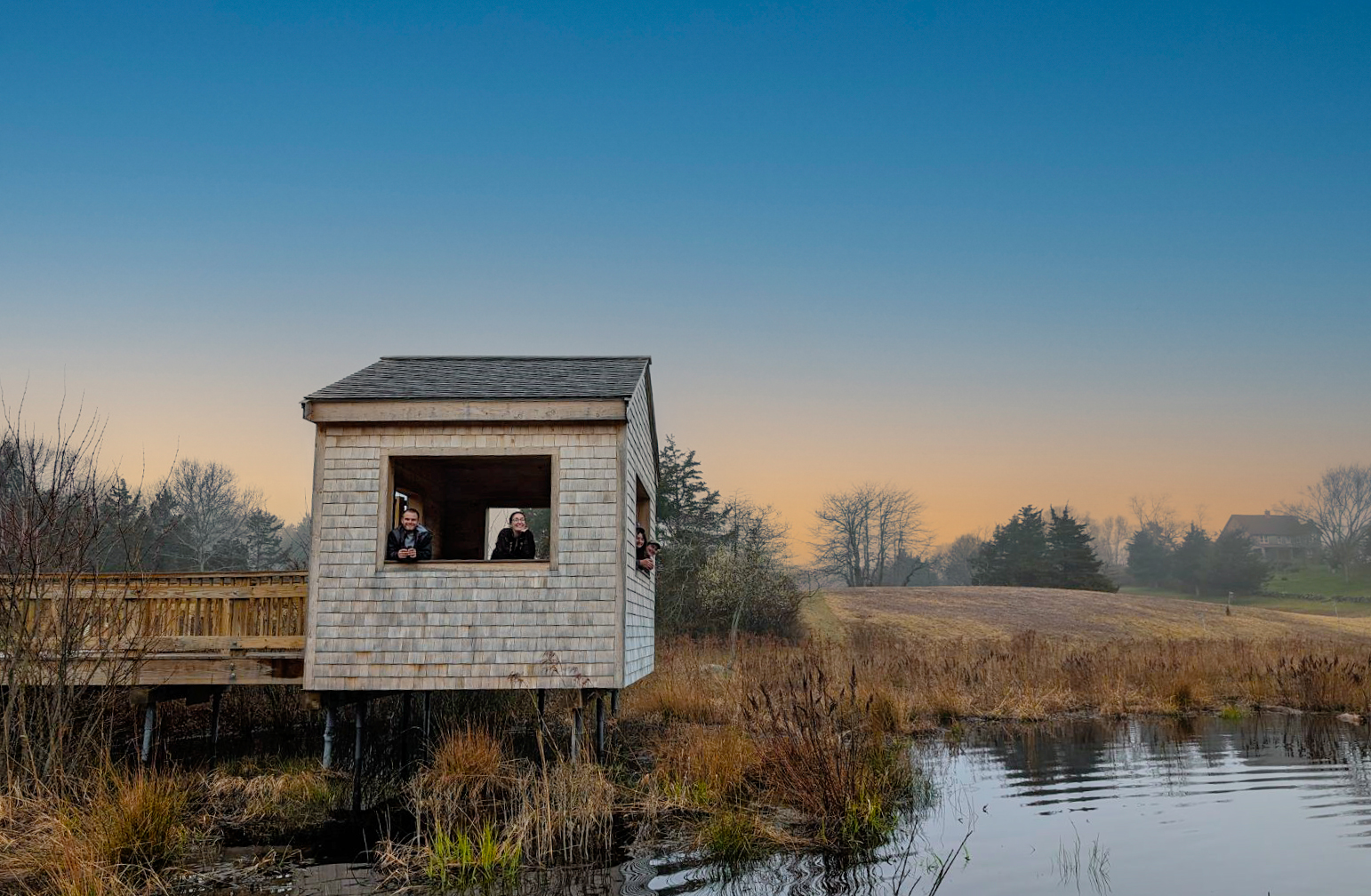This article was originally published by the Sustainable Forestry Initiative on April 19, 2015. See the original article here.
By John M. Hagan III, President of Manomet and member of the SFI Board of Directors representing the environmental sector
Tackling climate change is a critical global issue. Science tells us that every economic, social, and environmental value we hold dear will be affected if we can’t stabilize the climate by mid-century. Buildings account for close to 40% of carbon dioxide emissions in the United States alone, so one of the best things we can do to fight climate change is to find more sustainable ways to design and construct them.
And one of the best ways to make buildings better for the climate is to use as much wood as possible in construction. Buildings made out of wood can lock up carbon for a century or more. The U.S. Green BuildingCouncil’s decision to recognize SFI wood in the Leadership in Energy and Environmental Design (LEED) system will increase the supply of sustainable certified wood and give the construction industry more choices. The climate wins, and so people and nature win too.
Trees absorb carbon dioxide from the atmosphere as they grow, helping to address climate change.
In fact, our U.S. forests recover about 13% of our emissions each year, for free, just by growing! The use of wood products in buildings will ultimately lower the construction sector’s contribution to global climate change. Helping the green construction industry grow will have the positive effect of bringing more builders and architects to bear on the fight against climate change.
The primary mission of my non-profit organization, Manomet, is applying science and engaging people to sustain our world. As an ecologist, I’ve engaged foresters for 25 years to generate and apply science to improve forest management. The U.S. Green Building Council (USGBC) is doing the same thing by engaging the building sector with information about how to construct more energy efficient and sustainable buildings. Like SFI and Manomet, the USGBC relies on the best available science to make the world measurably more sustainable.
Building with wood from forests certified to the SFI Forest Management Standard or procured through the SFI Fiber Sourcing Standard helps promote conservation by ensuring that forests are making positive and measurable contributions to the conservation objectives we all care about — clean water, wildlife habitat, and carbon sequestration to mitigate the impact of greenhouse gases and climate change.
SFI’s work to measure and manage for conservation values makes the USGBC’s job of creating a more sustainable world a little easier. The SFI standard guarantees that the wood used in construction will be regrown. Keeping our forests working to store carbon and to produce abundant clean water in this more erratic climate we are already seeing, is very important. In fact, I believe sustainable forest management is one of the most important actions humans can take to mitigate and adapt to a changing climate. Through SFI, the USGBC now has an additional 280 million acres/114 million hectares of SFI-certified forest working to help them meet their important goal.
Climate change is an all-hands-on-deck issue. I’m very pleased to see the USGBC and SFI doing their part. It’s leadership like this that is going to actually solve this global problem.





 Back to all
Back to all